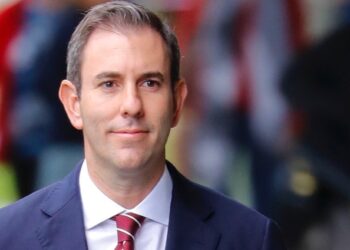The Reserve Bank of Australia (RBA) has indicated 0.25% may not be the lowest bound and rates could be cut further to 0.1%.
In a speech to the Citi annual Australia and New Zealand conference, RBA governor Philip Lowe said the economic situation in Australia now meant a further rate cut would gather “more traction” than previously.
Rates were cut to 0.25% in March and, at the time, Lowe said this would likely last for three years. However, industry experts had since questioned whether there would be a further cut.
“When the pandemic was at its worst and there were severe restrictions on activity, we judged that there was little to be gained from further monetary easing. The solutions to the problems the country faced lay elsewhere. As the economy opens up though, it is reasonable to expect that further monetary easing would get more traction than was the case earlier,” said Lowe.
He reiterated it would be a long time before rates began increasing again as it would depend on inflation being within the target range. Unemployment rose this month from 6.8% to 6.9%.
“The board will not be increasing the cash rate until actual inflation is sustainably within the target range. It is not enough for inflation to be forecast to be in the target range. While inflation can move up and down for a range of temporary reasons, achieving inflation consistent with the target is likely to require a return to the tight labour market.
“On our current outlook for the economy – which we will update in early November – this is still some years away. So, we do not expect to be increasing the cash rate for at least three years.”




